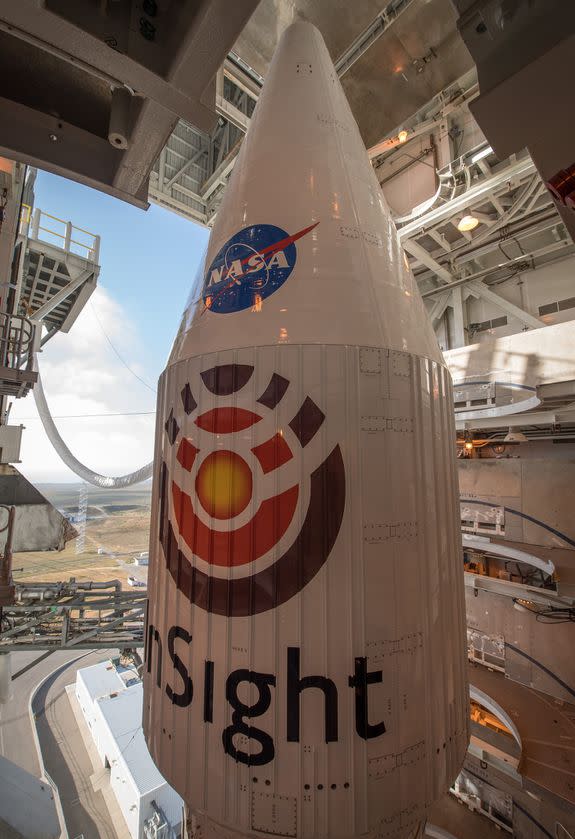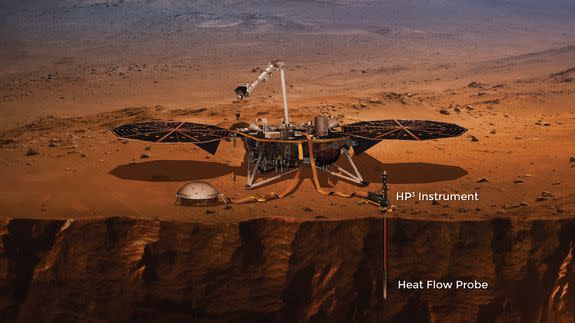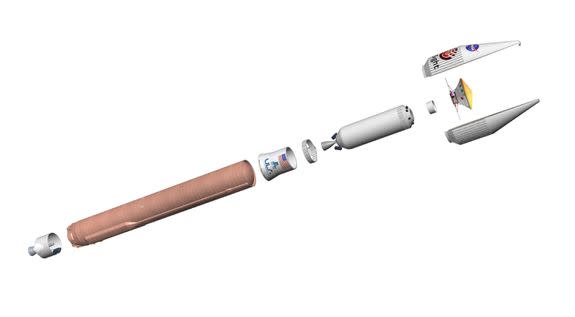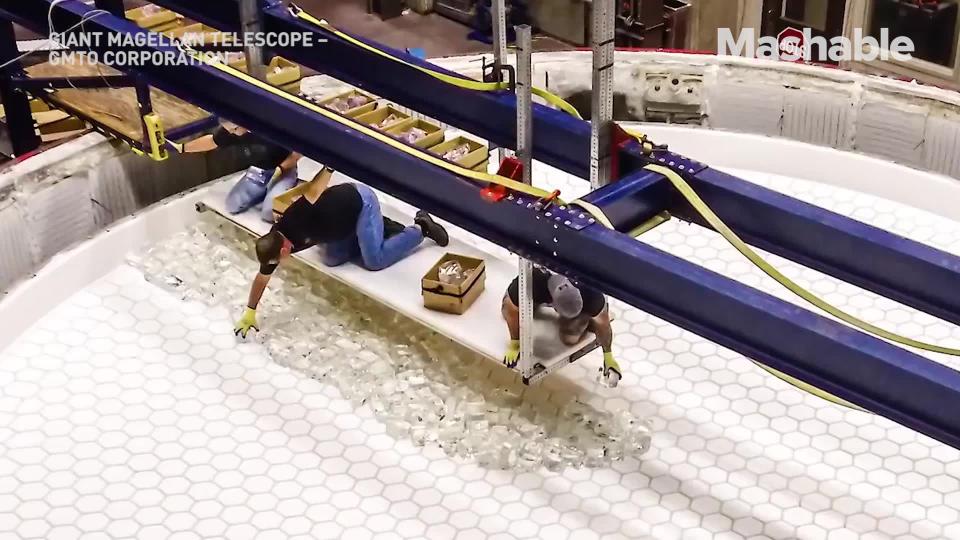NASA's InSight lander launches on a mission to unlock the secrets of Mars

NASA's InSight lander and two tiny satellites are on their way to Mars.
An Atlas V rocket — which also launched NASA's Curiosity rover to the red planet — lofted the payload into space on Saturday at 7:05 a.m. ET from California's Vandenberg Air Force Base.
SEE ALSO: Tiny satellites named Wall-E and Eva are about to take a trip to Mars. Will they survive?
The InSight lander, designed to unlock the secrets of Mars' interior, will spend about six months traveling to Mars, trailed by the two cubesats.
This was the first Mars mission launched from Vandenberg, situated next to the Pacific Ocean.
And we have liftoff! #Mars, here I come! 6 months and counting to the Red Planet. pic.twitter.com/wBPYdZVUlt
— NASAInSight (@NASAInSight) May 5, 2018
Typically, rockets sending spacecraft to Mars launch from the Kennedy Space Center in Cape Canaveral, Florida, taking advantage of the Earth's eastward rotation to give the rockets added thrust.
But in this case, NASA says the Atlas V is powerful enough to launch without this added help, and the Air Force base currently has more availability than NASA's facility out east.
Once InSight arrives at Mars, it will parachute down through Mars' thin atmosphere, which is the most perilous part of the journey.

Image: NASA
One NASA scientist described the precarious maneuver as "six minutes of terror," as spacecraft generally enter the atmosphere at some 12,000 miles per hour. After deploying a parachute, the spacecraft has to almost perfectly fire "retrorockets" seconds before the lander hits the ground.
If all goes as planned, the lander will settle down on the red Martian dirt and deploy geological-monitoring equipment to measure earthquakes on Mars, or "marsquakes."
This will give scientists a better understanding of Mars' cooled interior and how rocky planet's formed in an our early solar system. This includes drilling nearly 16 feet into Mars surface to deploy a temperature probe.

Image: NASA
The lander, about the size of a car, will also release a dome-shaped instrument (which is about the the size of a large microwave), called SEIS, which is the actual seismometer, which measures earthquakes.
It's an extraordinarily sensitive device, capable of sensing small Martian temblors and even meteorite impacts that hit on other parts of the planet.
Scientists are confident Mars has been largely dead geologically for most of its history — unlike lively lava-spewing Earth — but it's still unknown what's truly happening beneath its frigid, rocky surface.
"Scientists know that Mars has low levels of geological activity. But a lander like InSight can also reveal just how active Mars really is," the space agency said.

Image: Nasa
While the InSight lander measures Mars' geologic activity, the two little cubesats will stay above Mars.
If the pair of briefcase-sized satellites collectively called Mars Cube One make it to Mars, NASA scientists will test if they're able to relay information from the InSight lander back to Earth.
If successful, the cubesats would illustrate that sending small satellites to accompany missions to other planets is possible, which would substantially reduce the cost of building and launching craft to outer space.
Both the InSight lander and the cubesats will arrive at Mars in November.
WATCH: It takes absolute precision to construct Earth's largest telescope, which will peak into far-off alien worlds


